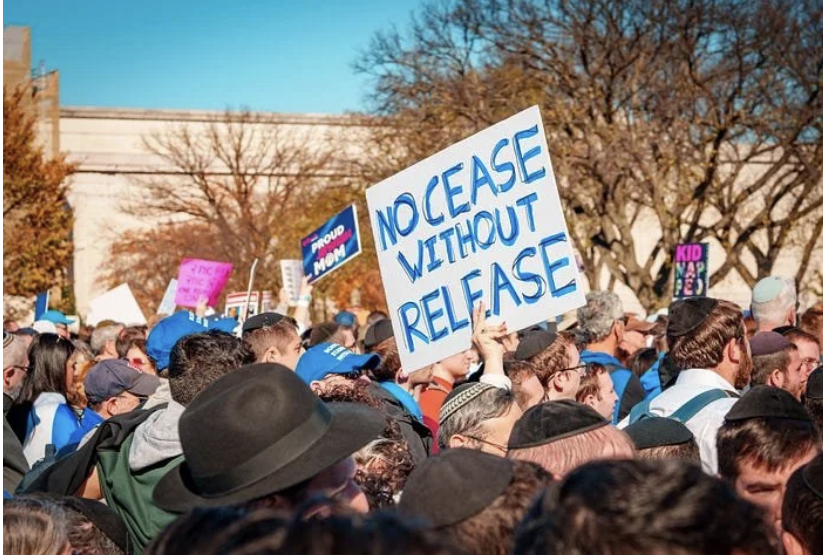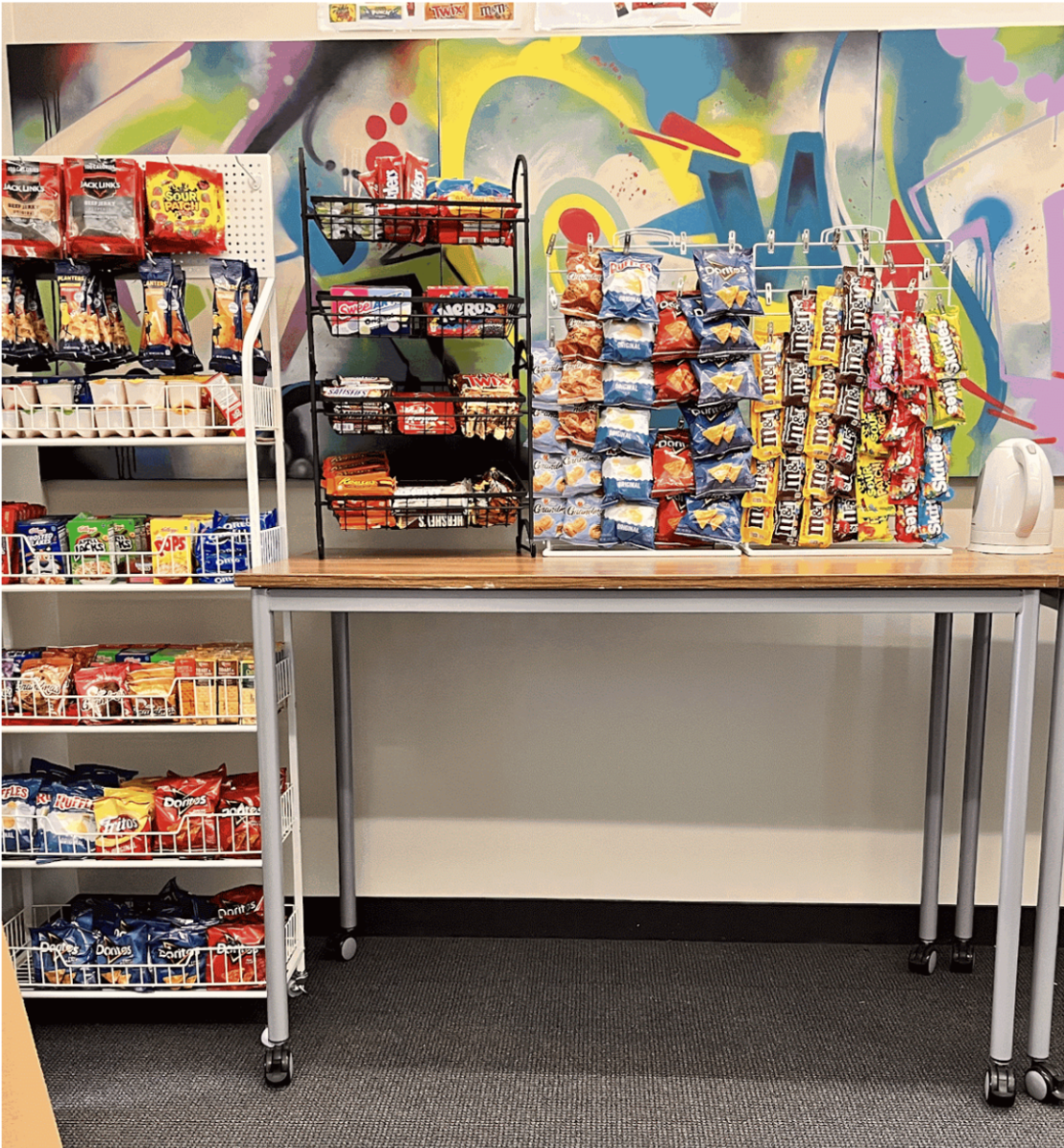Sara Kloepfer
Managing Editor
The gas leak in San Bruno was the explosion heard around the Bay Area. The fires raged for two days, engulfing homes and forcing families to flee, fighting for their lives. The flames left an indelible mark on not only the scorched blocks of above the gas line but the people closest to those affected — four dead, three missing and many injured as of press time.

A CSH student was wearing an orange ribbon pinned to her uniform sweater on Monday morning, in memory of family friends who perished in the fires. Orange was the 13-year-old girl’s favorite color. This small symbol served as a reminder that the blast affected not only victims of the fires, but those grieving for their loved ones.
“Grief is a common and universal experience,” bereavement services manager Lauren Kenney said. “It is something most of us will feel at some point in our lives. With the San Bruno fires there is an experience of not only grief but trauma. It is truly a community tragedy. Such a sudden, violent and unexpected loss can make recovery a much longer process.”
Kenney works at nonprofit Hospice by the Bay, which offers grief counseling to individuals, families and school groups affected by the fires. Capuchino High School and Peninsula High School in San Bruno are also providing grief counseling, which focuses on helping someone cope with loss, usually a death.
“As you can tell through the fires, loss can mean many different things — a house, a job, even something like a divorce,” Kenney, who has a master’s degree in social work, said. “It’s important for people to know that grief is a normal process that results from losing something or someone we love.”
Grief counseling can be especially helpful to those who are having trouble coping on their own , l a c k suppor t in their community, or have a history of loss, according to Kenney. Many people are familiar with the Five Stages of Grief identified by Elisabeth Kübler-Ross in 1969 — denial, anger, bargaining, depression and finally, acceptance. These stages may not occur in that particular order, the list simply shows that these feelings are typical for humans dealing with loss and are not a cause for additional concern.
“It is a very personal and individual process and just because you don’t go through one of the stages doesn’t mean you’re doing it wrong,” Kenney said. “They’re a general guideline, not everyone does it the same way. For people who have a sudden loss there is a sense of numbness that can last longer, it will take them longer to realize it really happened.”
Numbness is the first stage of grieving identified in another model developed by Roberta Temes. According to Temes, numbness is followed by disorganization and reorganization. This initial numbness can resemble depression, so it can be difficult to identify when grief becomes abnormal and is a serious cause for concern.
“There isn’t necessarily a particular time frame when you’re supposed to be over it and that’s where people get tripped up,” Kenney said. “But typically depression goes beyond grief in that it affects relationships and interferes with everyday life.”
Schools can help students affected by loss cope with their grief before it becomes a bigger problem. Director of Schools Gordon Sharafinski has experienced two deaths of students at Stuart Hall High School during the school year while he was head of school there.
“[The loss] affects the very place in which you spend your days,” said Sharafinski. “That tragedy and grief that ensues is very immediate because it touches everyone in the school.”
Although grief may affect an entire city, Sharafinski says that each school must respond in a manner that is appropriate for that community.
“Because our school is small, the relationships between students and teachers are so personal that we are able to deal with the situation ourselves, rather than bringing in grief counselors like they do at bigger schools,” said Sharafinski.
Fellow students can also aid those who were most affe cted. “It helps to have someone acknowledge that they’ve had a loss,” said Kenney. “All you can do is take people’s lead, see whether they want to talk or not. It helps just to be available to listen, but also not pressure them to talk.”
For those who feel that they are not doing anything to help by simply waiting to listen, Kenney maintains that their friend’s silence now does not mean they will not want to talk in the future. Another way to help community recovery is becoming active in the relief effort.
“It’s wonderful how much people have come together to support the victims by donating clothes and food and showing that they care and are thinking about them,” Kenney said.








